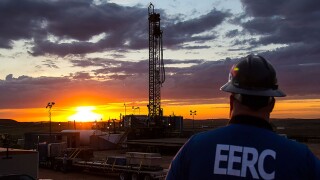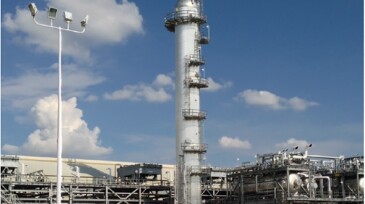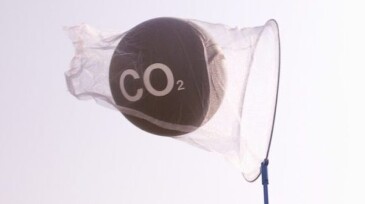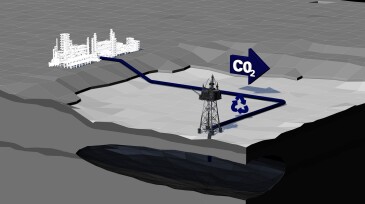Carbon capture and storage
Regulators pull from experiences in the oil and gas industry to define best stewardship practices for the nascent CCS industry.
EERC CEO Charles Gorecki outlines how applied research in North Dakota is helping improve oil recovery, reduce emissions, and advance carbon storage.
This article is the fifth in a Q&A series from the SPE Research and Development Technical Section focusing on emerging energy technologies. In this edition, Shantanu Agarwal, founder and CEO of Mati Carbon, discusses how the company’s approach to carbon removal led to winning the Musk Foundation’s XPRIZE in 2025.
-
Neptune Energy, ExxonMobil, Rosewood, and EBN have agreed to cooperate on the L10 Carbon Capture and Storage project in the Dutch North Sea.
-
This paper discusses the challenges presented by factors such as infrastructure, types of primary energy, and investment.
-
Have you noticed that the pace, breadth, and depth of engagement in decarbonization within the oil and gas industry is going from strength to strength? In addition to corporate commitments and project announcements, this was evident in the content of OnePetro technical papers during the past year that demonstrate the industry is serious about implementation.
-
This paper provides a comprehensive study for offshore carbon-dioxide (CO2) storage projects, identifying critical elements for estimation, injection, containment, and monitoring of CO2 plumes.
-
The Mammoth project follows the company’s proven Orca model but will scale up the CO2 capture capacity to 36,000 tons per year.
-
The deal with Manulife gives Oxy unit 1PointFive access to 27,000 acres of subsurface pore space for carbon sequestration.
-
The new areas are expected to make a significant contribution to the government’s target of capturing and storing 20 million–30 million tonnes of carbon dioxide per year.
-
Sempra lands partners for a CCS deal in Louisiana, while Shell eyes newbuild ships for CCS transport. An offshore alliance targets floating wind technology, and global hydrogen projects gain momentum in the UAE, Africa, and Brazil.
-
Chevron, Talos, and Carbonvert have finished the documentation and closed the joint venture for the carbon capture and storage project on the Gulf of Mexico coast.
-
What You Should Know About Offshore and Sour Gas CCS: High Cost, Leak Mitigation, and TransportationSoutheast Asia promises to be a compelling case study in how oil and gas producers will soon face the realities of scaling up carbon capture and storage projects.













